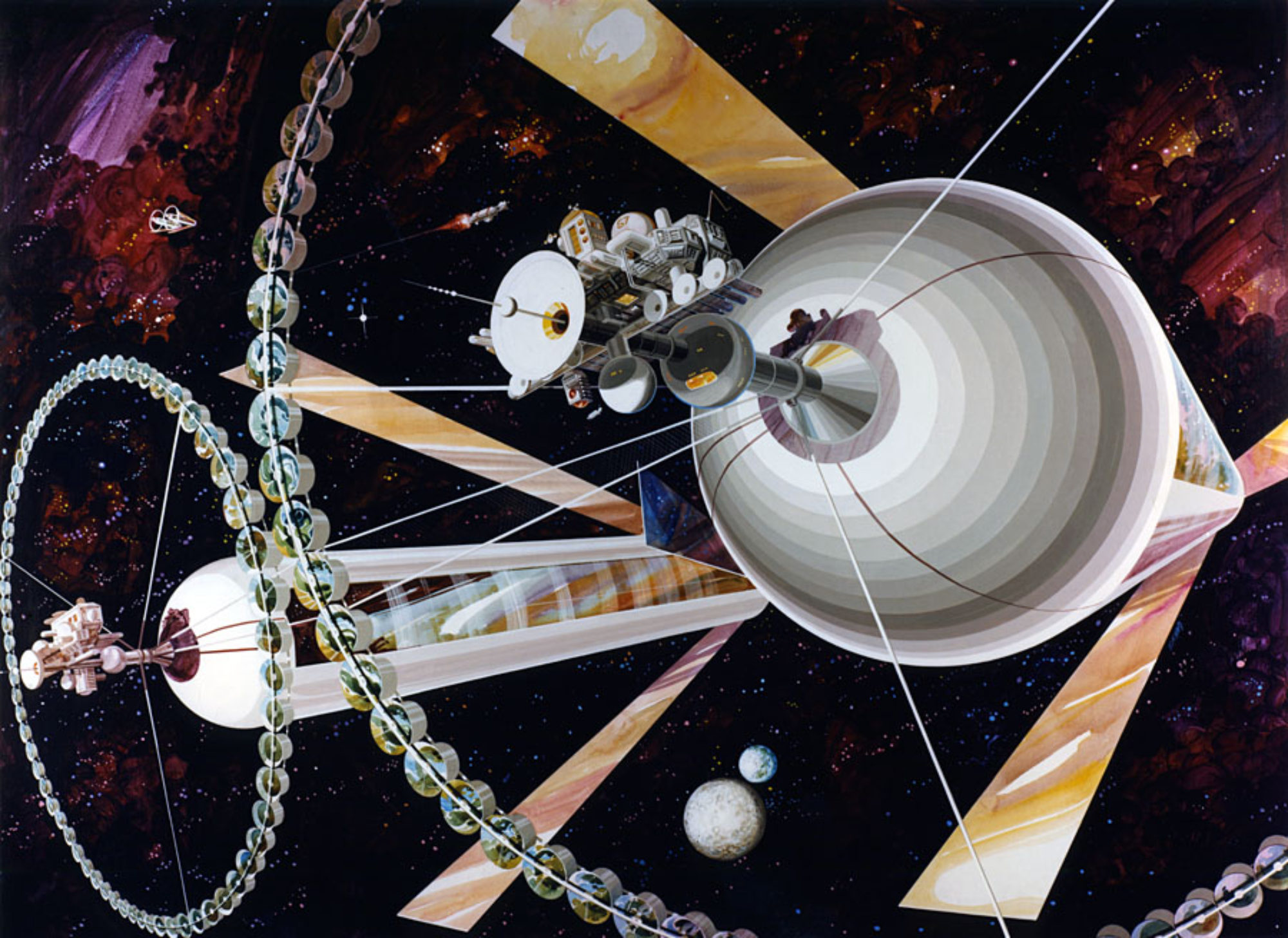
Space enthusiasts have been dreaming of the promise of space-based solar power ever since Peter Glaser first conceived of the idea in the 1960s and Gerald K. O’Neill leveraged the concept to popularize space settlements in his ground breaking book The High Frontier. But the costs have been preventatively high for many years and the technology has been stubbornly out of reach. Recent events and scientific advances have begun to change this situation. For example, launch providers are becoming more widely available and costs are coming down. Photovoltaic cell efficiency has dramatically improved since solar power satellites (SPS) were first conceived. On orbit robotic assembly, additive manufacturing and mass production is within reach. Finally, ISRU on the moon could provide access to materials outside the Earth’s gravity well dramatically reducing the cost of materials needed to build SPSs in space.
In a position paper released last month by The Aerospace Corporation’s Center for Space Policy and Strategy, recommendations are made for policy decisions by the U.S. government to make strategic investments in development of this space infrastructure, lest other countries beat us to the punch.
The authors of the paper, James A. Vedda and Karen L. Jones, say that “U.S. decisionmakers will have an opportunity during the next presidential term to establish the role of the United States in this potentially disruptive technology. If SPS can develop into a major component of orbital infrastructure, and someday contribute an additional source of renewable energy to users on Earth, the United States will want to be at the forefront of high-capacity power beaming in all its applications rather than become dependent on others for the technology and services they provide.”
